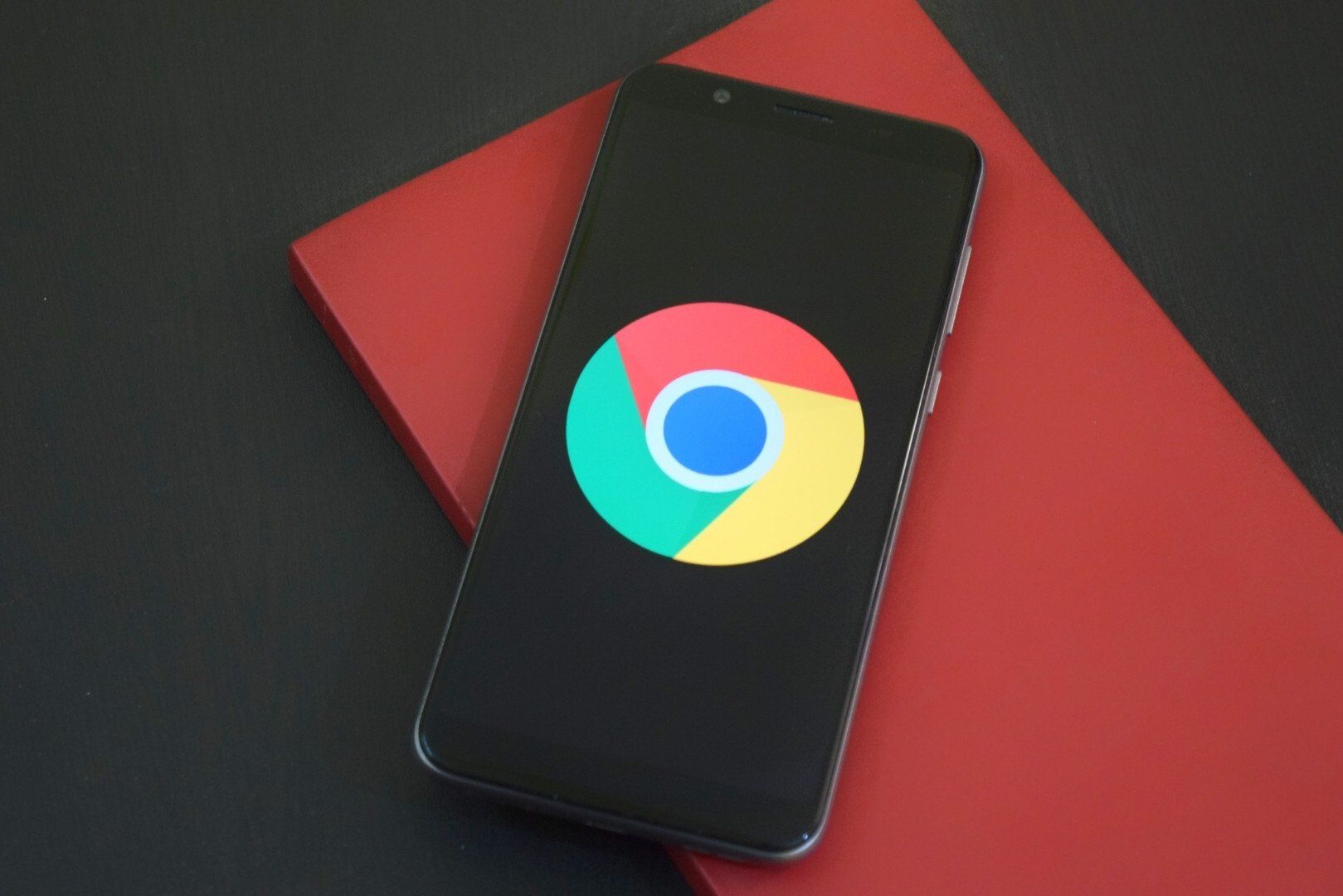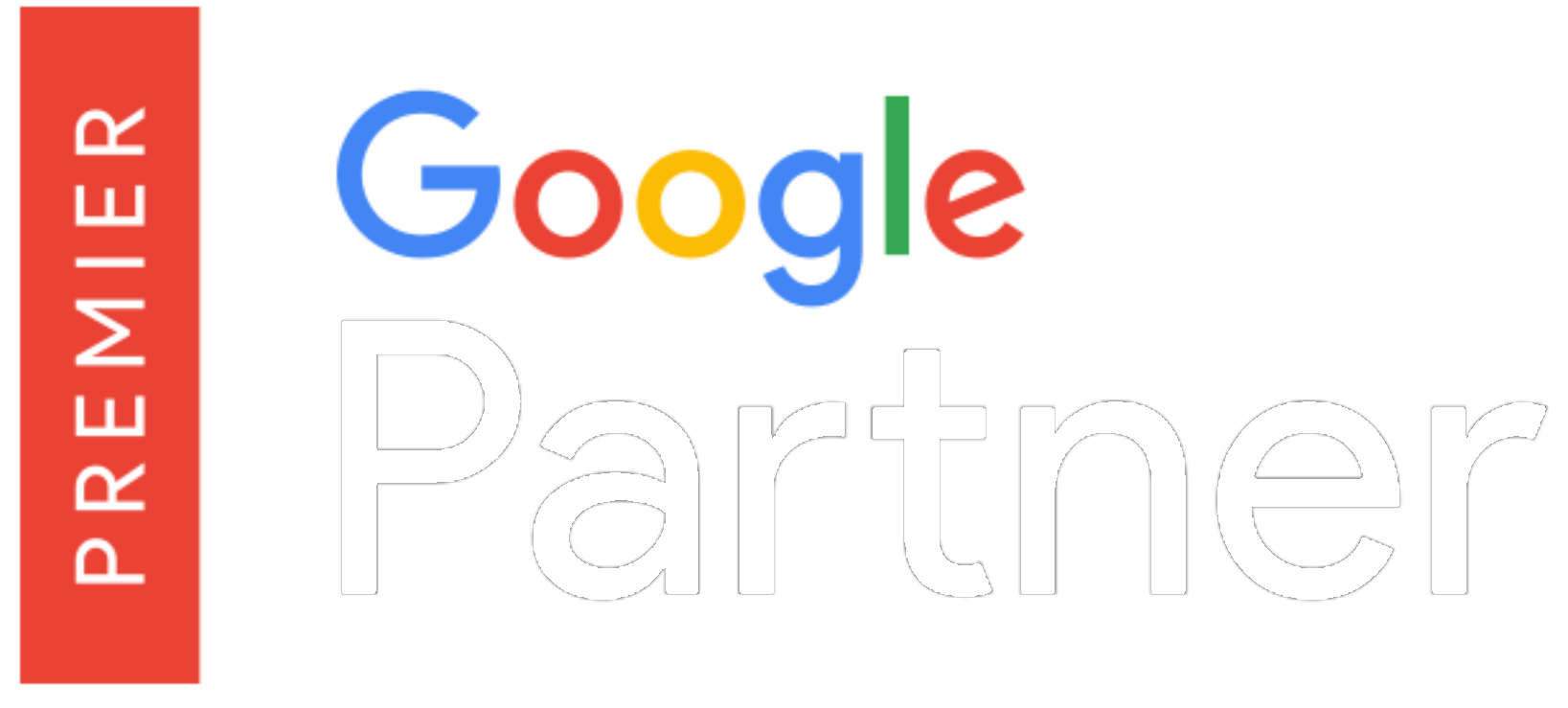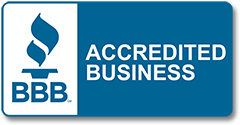info@pinnacletechnologies.ai
Enhanced Google Conversions
Google is testing out a new feature that will allow users to provide their data for enhanced conversions. The setup method, which advertisers have the option of choosing from automatic or not-automated collection methods requires them first accept customer terms before using this function in order for it work correctly.
This feature is currently in beta and may not be available to all advertisers. Tip of the hat, Dario Zannoni for bringing this issue forward!
The global site tag is a piece of code that tracks conversions in Google Ads. It works together with another ad campaign, such as an event snippet or phone call to track when someone clicks on your advertisement and becomes one their way through the website process.
In May 2021, Google introduced enhanced conversions. This new feature allows tags to use consent-based first party data for more detailed insight on how users convert after engaging with an ad campaign's serve request . Enhanced Conversion can be set up within Gmail or through the global site tag in Google Tag Manager (GTM).
Why this matters. With this new feature, advertisers can now leverage enhanced conversion rates. These are likely to be helpful for SMBs who might not have the experience needed in order implement these conversions manually and also help them rank higher on search engines!
The deprecation of third-party cookies is an indication that conversion measurement solutions will become increasingly valuable tools as we move forward.







